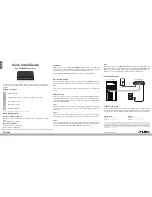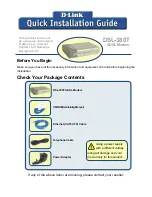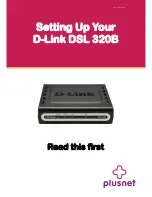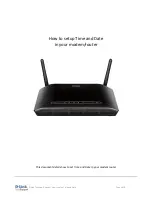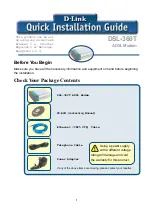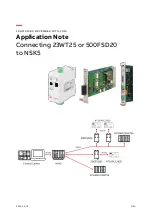
13 The BIOS
Chapter 13
13
The BIOS
The internal operating software of the PTC-IIex is divided into two major parts:
Firmware:
Operating software available to the user, which supports, for example,
PACTOR, AMTOR, RTTY, etc, including the command interpreter and multitasking. and
for which an update is occasionally available, to provide additional, and improve, current
features. These updates are readily loaded into the PTC-IIex using
UPDATE.EXE
or
PlusTerm
.
BIOS:
Basic Input Output System, which is the kernel operating system that the user
normally does not need to access. (But it does provide some additional user commands,
when enabled with dip switch number eight at the bottom of the PTC-IIex).
The BIOS allows some of the basic functions of the PTC system to be used and works
totally independently from the presently loaded firmware. The BIOS has a very basic and
essential task, and is thus is placed in a specially protected area of the FLASH memory.
Normally, the user does not need to worry about the existence of the BIOS. However due
to various unlucky or exceptional circumstances, it is possible that the PTC-IIex will no
longer load the PACTOR firmware. Under these conditions, it is only possible to access
the PTC-IIex via the BIOS.
If, for example, there is a power failure during a normal firmware update, one part of the
FLASH is programmed with the new version, while the other still contains a part of the
old firmware. It is very unlikely that such a mixture will run, and the BIOS is then the
only way that the update can be repeated.
The BIOS is automatically activated as soon as the PTC-IIex detects an error on loading
the PACTOR firmware.
13.1
BIOS and Firmware
What happens after switching on the PTC-IIex?
The following lines explain the behavior of BIOS and fimware of the PTC-IIex to
interested users.
First of all the BIOS controls the PTC-IIex. After BIOS has been successfully started it
initiates the LED´s, the serial interface, the RAM and the other peripherals. In the
meantime the BIOS performs a light-show as a sign of life. Next of all it is checked if the
user wanted to activate the BIOS. This is done by checking the BIOS activation bit from
the last power down (refer to
13.2
on page
161
).
If BIOS activation was not requested, the BIOS checks if a firmware is loaded in the
RAM by using a signature. If a firmware is detected a checksum is calculated over the
program codes and checked for validity. If this test is positive then the firmware in the
RAM is started directly.
If one of the two tests mentioned before is negative, the firmware has to be loaded from
the Flash-ROM into the RAM. This procedure has two reasons. The first is that the
firmware is contained by the Flash-ROM only in compressed form and the second is that
160
Summary of Contents for PTC-IIex
Page 14: ...List of Figures and Tables XII...
Page 30: ...3 Installation 16...
Page 108: ...7 Audio 94...
Page 126: ...8 FAX 112...
Page 173: ...12 SYStest 159...
Page 183: ...14 Circuit Description 169...
Page 195: ...15 Basics 181...
Page 201: ...B Technical Data 187...
Page 202: ...C Layout Appendix C 19 Layout B 1 Motherboard Figure B 1 Motherboard 188...
Page 203: ...C Layout 189...
Page 215: ...Index 202...































